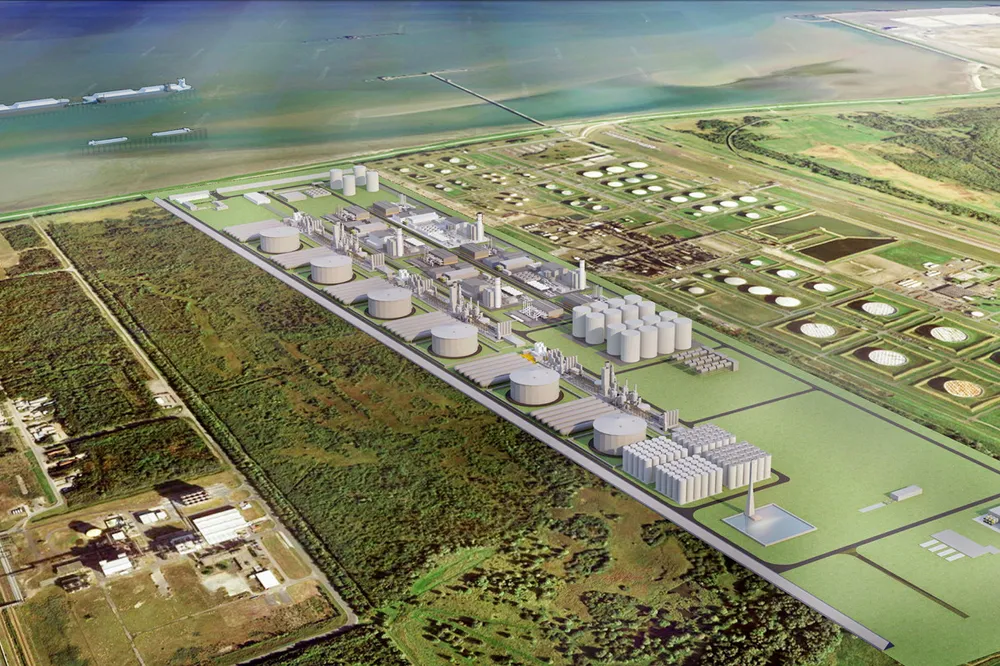Hydrogen-derived e-methane import terminal moves a step closer to FID after exemption
German regulator's exemption from standard market rules means TES can now book long-term capacity and set own tariffs — but it will only import fossil gas at first

German regulator's exemption from standard market rules means TES can now book long-term capacity and set own tariffs — but it will only import fossil gas at first
